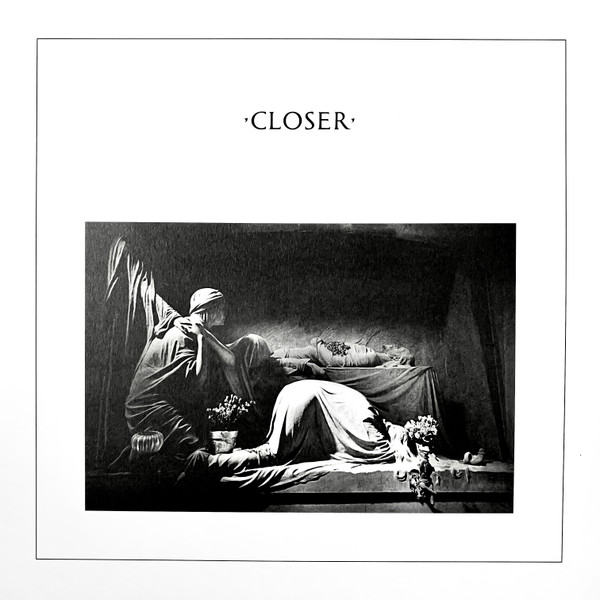
Closer is the second and final studio album by the English rock band Joy Division, released on 18 July 1980 by Factory Records. Produced by Martin Hannett, it was released two months after the suicide of the band’s lead singer and lyricist Ian Curtis. The album reached No. 6 on the UK Albums Chart and peaked at No. 3 in New Zealand in September 1981. Closer was also named NME Album of the Year. It was remastered and re-released in 2007. Today, Closer is widely recognised as a seminal release of the post-punk era. Following the release of the non-album single “Love Will Tear Us Apart” in June 1980, the remaining members re-formed as New Order.
Tracklisting
| Position | Title |
|---|---|
| A1 | Atrocity Exhibition |
| A2 | Isolation |
| A3 | Passover |
| A4 | Colony |
| A5 | A Means To An End |
| B1 | Heart And Soul |
| B2 | Twenty Four Hours |
| B3 | The Eternal |
| B4 | Decades |
Apple Music
Release Images
Release Information
| Key | Value |
|---|---|
| Wikipedia URL | https://en.wikipedia.org/wiki/Closer_(Joy_Division_album) |
| Format | 1× Vinyl (Clear [Crystal Clear], 180 Gram) LP, Album, Limited Edition, Reissue, Remastered, Repress, Stereo |
| Label | Factory |
| Catalog Number | FACT∙XXV |
| Notes | 40th anniversary edition. Includes a plastic lined inner sleeve as well as a printed inner sleeve. ℗ 1980, 2015 Warner Music UK Ltd. ©2020 Warner Music UK Ltd. |
| Discogs URL | Joy Division - Closer |










